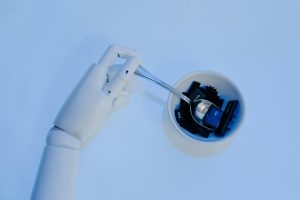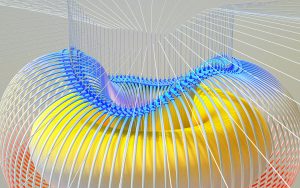Mycelium Insulation: Fungal Tech Slashing Vehicle Emissions
Did you know that the transportation sector is responsible for 29% of the total greenhouse gas emissions in the United States? With the increasing concern over climate change and the harmful effects of emissions on the environment, it is crucial to find innovative solutions to reduce carbon footprints. One such solution lies in mycelium insulation, a cutting-edge fungal technology that is revolutionizing the automotive industry. In this article, we will explore how mycelium insulation is slashing vehicle emissions and paving the way for a greener future.
The Rise of Mycelium Insulation
Mycelium, also known as mushroom roots, has been used for centuries in various applications such as food, medicine, and construction. In recent years, scientists have discovered its remarkable properties as an insulation material. Mycelium insulation is made from a naturally occurring fungus called Mycelium, which is grown on agricultural waste such as corn husks, wood chips, and sawdust. This sustainable and renewable material is quickly gaining popularity as an eco-friendly alternative to traditional insulation materials such as fiberglass and foam.
The Environmental Impact of Traditional Insulation
Insulation is crucial in reducing energy consumption in buildings and vehicles. However, traditional insulation materials have a significant environmental impact. For instance, fiberglass insulation is made from sand and recycled glass, which requires a large amount of energy during the manufacturing process. Additionally, fiberglass contains toxic chemicals such as formaldehyde, which can be harmful to human health and the environment. On the other hand, foam insulation is made from petroleum-based products, which are non-renewable and release harmful emissions during production and disposal.
How Mycelium Insulation Works
The process of creating mycelium insulation begins by growing mycelium on substrate materials such as agricultural waste, which acts as food for the fungus. The mycelium threads grow into a dense network, binding the substrate materials together and forming a solid structure. This structure is then dried and cured to create a durable and lightweight insulation material that can be used in a variety of applications, including automotive insulation.
Reducing Vehicle Emissions with Mycelium Insulation
Vehicle emissions, mainly carbon dioxide, are one of the major contributors to climate change. The use of mycelium insulation in vehicles can significantly reduce carbon emissions and improve overall fuel efficiency. One of the primary ways mycelium insulation reduces emissions is by reducing the vehicle’s weight. A lighter vehicle requires less energy to operate, resulting in lower fuel consumption and emissions. Additionally, mycelium insulation has excellent thermal insulation properties, reducing the need for heating and cooling in the vehicle, leading to further energy savings.
The Benefits of Mycelium Insulation
Environmental Benefits
Mycelium insulation is a sustainable and renewable material, making it an ideal choice for reducing the environmental impact of traditional insulation materials. The production process of mycelium insulation has a lower carbon footprint compared to other materials, and it can be easily disposed of without causing harm to the environment.
Health Benefits
Unlike traditional insulation materials, mycelium insulation is non-toxic and free from harmful chemicals, making it safe for both humans and the environment. It is also naturally fire-resistant, eliminating the need for toxic chemicals to achieve fireproofing.
Cost Benefits
Mycelium insulation may have a higher initial cost compared to traditional materials. However, its superior insulation properties can result in significant cost savings in the long run. Additionally, the production of mycelium insulation requires fewer resources, leading to lower manufacturing costs in the future.
Conclusion
Mycelium insulation is a game-changer in the fight against climate change. Its innovative use of fungal technology is slashing vehicle emissions and providing a sustainable and eco-friendly solution for building and automotive insulation. As consumers become more environmentally conscious, the demand for alternative materials like mycelium insulation will continue to grow, leading us towards a greener and more sustainable future.











